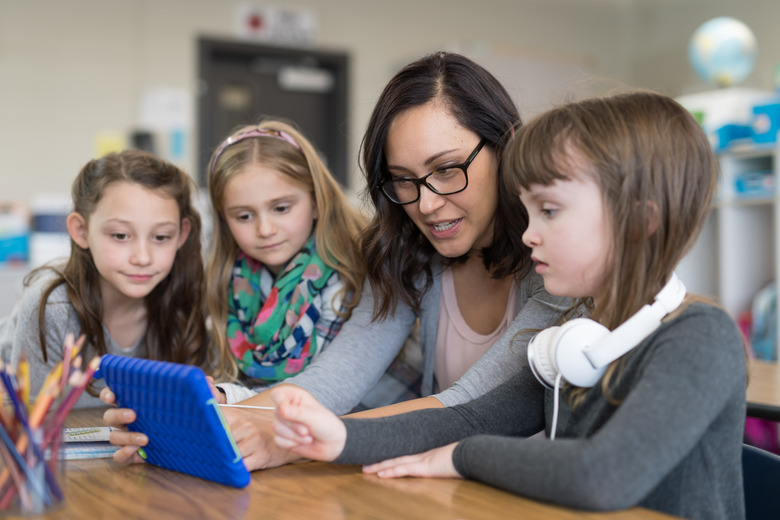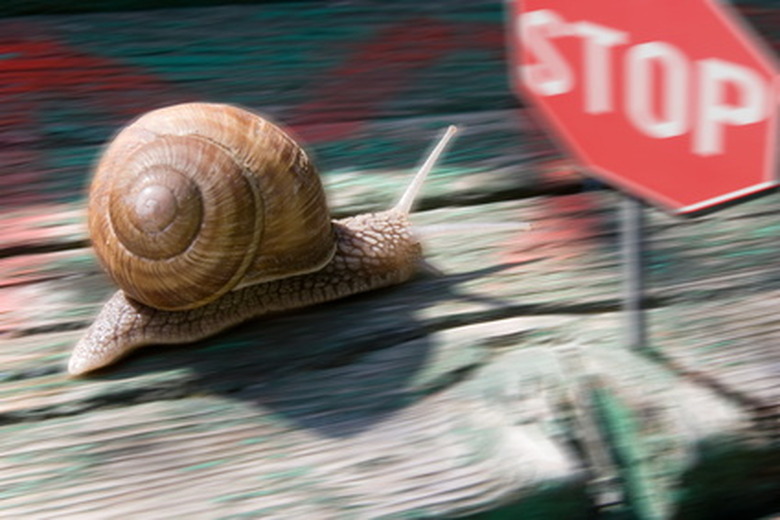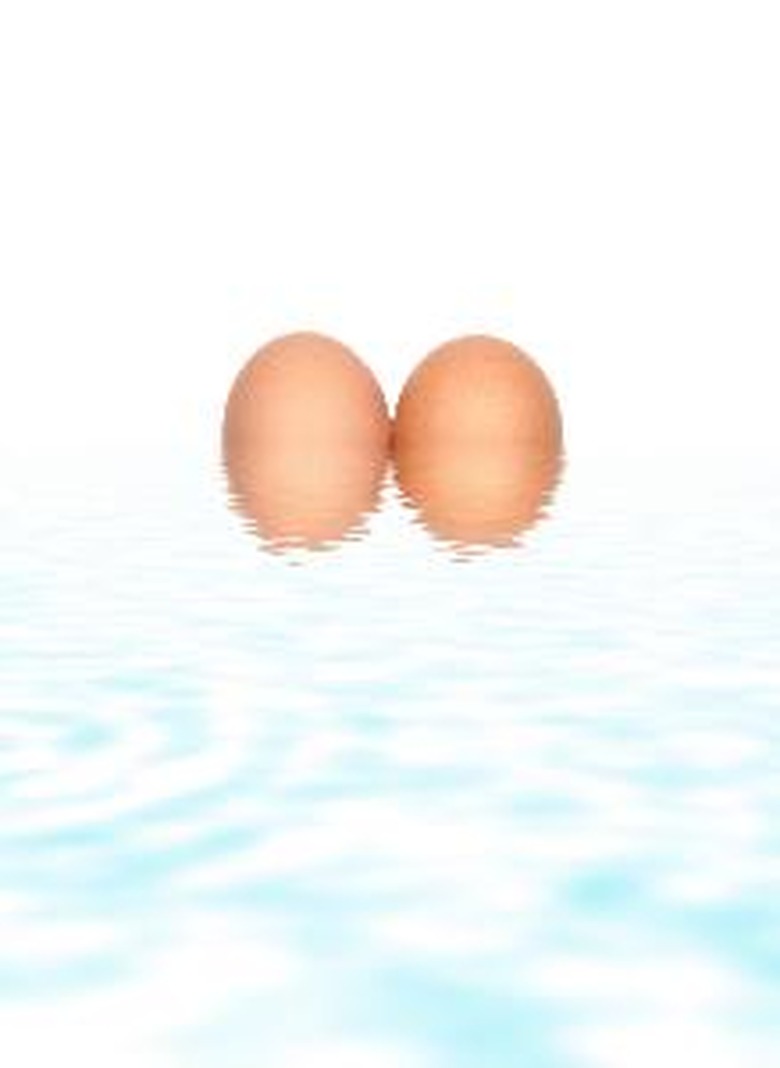Simple Science Projects For The First Grade
First-grade students learn best through experience, using hands-on and interactive activities related to scientific concepts. Combine creativity with Earth science, chemistry, biology and physical science to reinforce lesson ideas and encourage student participation in their own learning. Almost any of the activities can be adapted to first-grade competitive science fair experiments or for use during everyday science classes.
Goop
Making goop keeps first-graders wondering whether it is a solid or a liquid. Mix 1 tablespoon of both white craft glue and water with a drop or two of food coloring into one disposable cup. In a second cup, mix 4 tablespoons of water with 1 1/2 teaspoons of Borax and transfer the Borax mixture, one tablespoon at a time, to the glue mixture until a gel forms. Students roll the gel in their hands until it becomes more firm. Allow students time to analyze the goop to make informed opinions on whether the substance is a liquid or a solid. Students must use caution when working with Borax so as not to ingest it. Instruct students to wash their hands after handling the goop.
Paint Chip Nature Walk
Paint samples are available for free at home improvement stores. Give each student one or two paint sample cards and encourage each to find the exact color on a nature walk. School grounds, parks and greenhouses are perfect field trips to take a nature walk while conducting this science activity. When the exact color is found among natural items, take a picture of the item to display in the classroom. This introductory Earth science activity also lets first-grade students compare man-made items with those found in nature.
Snail Race
Snails move very slowly across all types of terrain. Purchase two snails from a pet store or a school science supply company and encourage the first-graders to make a hypothesis on what type of terrain will allow a snail to move the fastest. Use a stopwatch to record the seconds (or minutes) that two racing snails move across dirt, gravel and grass. Students record the results in three trials for each terrain and compare the findings to check against the previously made hypothesis.
Can an Egg Float?
Students can test the density of water, plain and mixed with salt, by attempting to float an egg. In two containers, fill 3/4 to the top with plain water. Mix 6 tablespoons of ordinary table salt to one container and stir to dissolve. The students carefully drop eggs into both containers and record the results. The salt water, being more dense, should float the egg while the egg in the plain drinking water sinks to the bottom of the container.
Cite This Article
MLA
Dawe, Trisha. "Simple Science Projects For The First Grade" sciencing.com, https://www.sciencing.com/simple-science-projects-first-grade-7929813/. 22 November 2019.
APA
Dawe, Trisha. (2019, November 22). Simple Science Projects For The First Grade. sciencing.com. Retrieved from https://www.sciencing.com/simple-science-projects-first-grade-7929813/
Chicago
Dawe, Trisha. Simple Science Projects For The First Grade last modified August 30, 2022. https://www.sciencing.com/simple-science-projects-first-grade-7929813/



